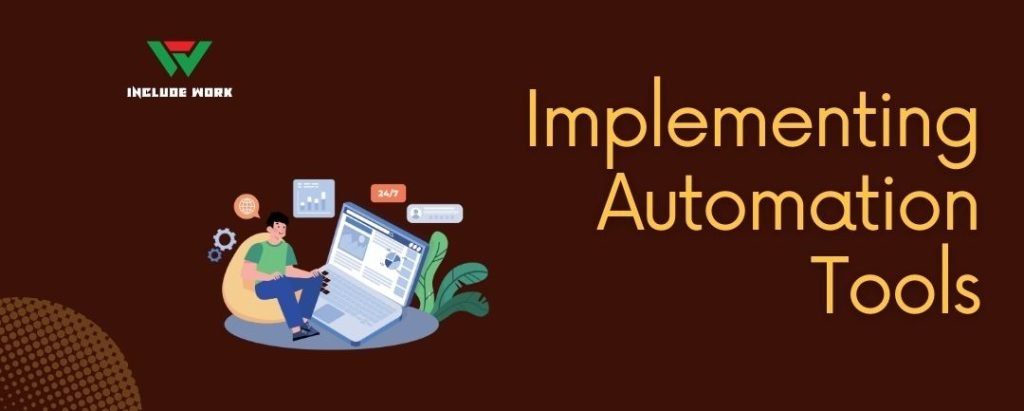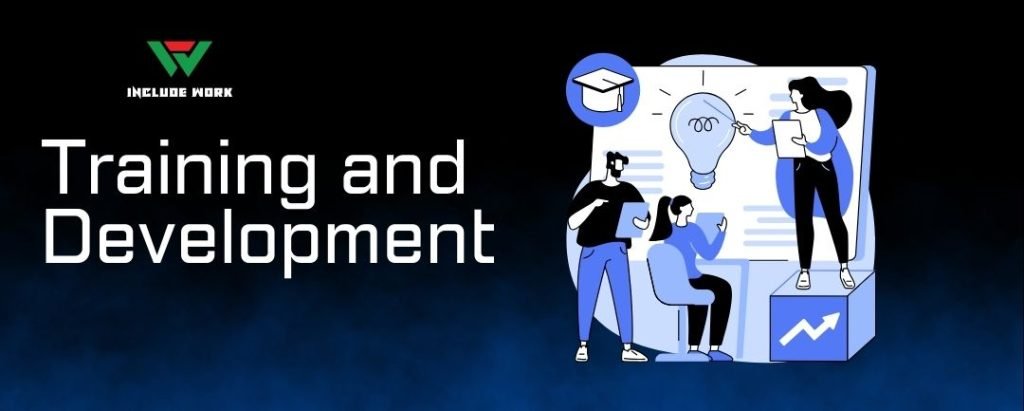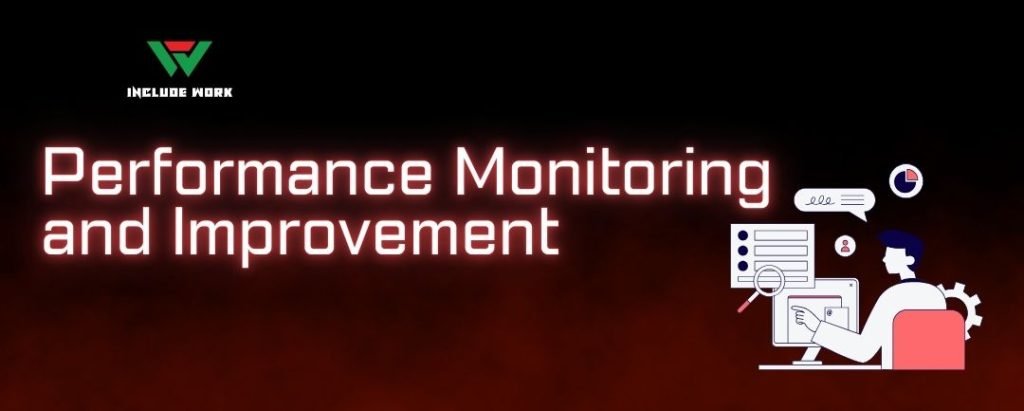Improving back office efficiency is crucial for businesses aiming to streamline operations, reduce costs, and enhance productivity. The back office, which includes administrative and support personnel who are not client-facing, is the backbone that supports a company’s internal needs. By optimizing these processes, companies can focus more on growth and customer satisfaction.
This can be achieved through a variety of strategies such as evaluating current processes, incorporating automation tools, enhancing data management, and more. Each step plays a pivotal role in transforming the back office into a more efficient and productive environment, driving the overall success of the business.
Table of Contents
Assessing Current Back Office Processes
The first step towards enhancing back office efficiency is to conduct a thorough assessment of current processes. This involves identifying key areas where time and resources may be wasted or underutilized. Here are some practical steps to effectively evaluate your back office operations:

- Process Mapping: Create detailed maps of all back office processes to identify bottlenecks, redundant steps, and opportunities for improvement.
- Employee Feedback: Engage with employees who perform these tasks daily. Their insights can reveal inefficiencies that are not immediately obvious.
- Technology Utilization: Review how well current technology is being used and whether it meets the needs of your back office operations.
- Performance Metrics: Establish clear metrics or KPIs to measure the effectiveness of different back office functions.
By gaining a comprehensive understanding of how your back office operates, you can pinpoint areas that require enhancement, which is critical for the next steps in boosting efficiency.
Implementing Automation Tools
Automation is a key driver in boosting back office efficiency by reducing manual workload and minimizing errors. Here’s how you can effectively implement automation tools in your back office operations:

- Software Solutions: Invest in software that automates time-consuming tasks such as data entry, scheduling, and report generation. Tools like ERP (Enterprise Resource Planning) and CRM (Customer Relationship Management) systems can streamline various administrative functions.
- Robotic Process Automation (RPA): RPA can be particularly effective for repetitive tasks. It uses bots to emulate human actions within digital systems, speeding up processes and freeing up staff for more complex work.
- AI and Machine Learning: These technologies can analyze large volumes of data to provide insights, predict trends, and even make decisions, which enhances operational efficiency.
- Integration: Ensure that the automation tools integrate seamlessly with your existing systems to maximize their effectiveness without disrupting current operations.
By carefully selecting and implementing the right automation tools, businesses can significantly reduce the burden on back office staff, allowing them to focus on more strategic tasks.
Streamlining Communication and Collaboration
Effective communication and collaboration are vital for maintaining high back office efficiency. Streamlined communication ensures that information flows smoothly between departments, reducing delays and increasing productivity. Here are ways to improve communication and collaboration in the back office:

- Unified Communication Systems: Implement systems that consolidate various communication tools—like email, instant messaging, video conferencing, and file sharing—into a single platform. This can reduce switching between applications and improve response times.
- Cloud-Based Collaboration Tools: Utilize cloud-based tools that allow back office staff to access documents and data from anywhere, facilitating remote work and flexible schedules.
- Regular Meetings and Updates: Schedule regular check-ins to ensure all team members are aligned on their roles and responsibilities and to address any emerging issues promptly.
- Feedback Loops: Create mechanisms for continuous feedback, allowing team members to voice concerns and suggestions for improving workflows and processes.
By fostering an environment where communication and collaboration are prioritized, companies can ensure that their back office operations are more integrated and responsive to the needs of the business.
Enhancing Data Management
Effective data management is critical for back office efficiency, ensuring that data is accurate, accessible, and secure. Here are some strategies to enhance your data management practices:

- Data Consolidation: Centralize data storage to eliminate silos and ensure all relevant staff have access to the same, up-to-date information.
- Data Quality Control: Implement regular audits and checks to maintain data accuracy and integrity. This helps in making informed decisions and reduces errors.
- Advanced Data Analytics Tools: Utilize tools that can analyze large datasets to uncover trends and insights, which can improve strategic decision-making.
- Security Measures: Strengthen data security protocols to protect sensitive information from cyber threats and compliance breaches.
By improving data management, companies not only boost their operational efficiency but also enhance their capability to make data-driven decisions that can significantly impact their overall performance.
Training and Development
Investing in training and development is essential for maintaining high back office efficiency. Well-trained employees are more proficient, make fewer mistakes, and are better equipped to handle challenges. Here’s how to enhance training and development in your back office:

- Regular Skill Assessments: Regularly assess the skills of your back office staff to identify areas where training is needed. This ensures that everyone is competent in their roles and up to date with the latest industry practices.
- Customized Training Programs: Develop training programs tailored to the specific needs of your back office operations. This could include sessions on new software, customer service excellence, and data management.
- E-Learning and Online Resources: Incorporate online learning platforms and resources that allow employees to learn at their own pace and according to their individual learning styles.
- Continuous Learning Culture: Foster a culture that values ongoing learning and development. Encourage employees to seek out training opportunities and provide incentives for completing training modules.
By focusing on the continuous development of back office staff, companies can ensure that their teams remain adaptable, knowledgeable, and ready to meet the evolving demands of the business.
Outsourcing Back-Office Tasks | Focus on Your Core Strengths
While building a strong internal back-office team is essential, there are situations where outsourcing specific tasks can be a strategic move. Here’s how outsourcing can benefit your back office efficiency:
- Cost Savings: Outsourcing certain tasks can be more cost-effective than hiring and managing additional full-time employees. You avoid overhead costs like employee benefits and office space.
- Access to Expertise: Outsourcing providers often specialize in specific back-office functions like payroll processing or bookkeeping. You gain access to their expertise and best practices without the need for extensive in-house training.
- Scalability: Easily scale your back-office operations up or down based on your workload by adjusting the outsourced services.

What to Consider When Outsourcing:
- Security: Choose a reputable outsourcing provider with robust data security protocols to protect your sensitive information.
- Communication: Ensure clear communication channels are established to avoid misunderstandings and maintain smooth collaboration.
- Performance Management: Set clear performance expectations and monitor the quality of work delivered by the outsourcing partner.
Outsourcing can be a valuable tool to free up your internal resources and allow your team to focus on core business activities that drive growth and innovation.
Leveraging Technology for Back Office Efficiency | Embrace Innovation
Technology plays a transformative role in boosting back-office efficiency. Here’s how to harness its power:
- Cloud-Based Solutions: Embrace cloud-based software for back-office functions like accounting, human resources, and project management. Cloud solutions offer scalability, accessibility, and real-time data access from anywhere with an internet connection.
- Artificial Intelligence (AI): Explore the potential of AI-powered tools for tasks like automating data entry, generating reports, and even predicting future trends. AI can free up valuable time for your team and provide valuable insights for strategic decision-making.
- Robotic Process Automation (RPA): Consider implementing RPA to automate repetitive, rule-based tasks like data extraction, form processing, and invoice processing. RPA can significantly improve accuracy and efficiency while reducing human error.

Remember, technology is a powerful tool, but it’s not a magic solution. Carefully evaluate your needs and choose technologies that seamlessly integrate with your existing systems and workflows.
The Benefits of Tech-Enabled Back Office:
- Increased productivity: Leverage automation and technology to complete tasks faster and with fewer errors.
- Improved accuracy: Technology minimizes human error and ensures consistent data handling.
- Enhanced decision-making: Gain real-time data insights to make informed business decisions.
- Scalability: Easily adapt your back-office operations to changing needs with flexible technology solutions.
By strategically integrating technology into your back office, you can create a future-proof operation poised for long-term success.
Performance Monitoring and Improvement | Track, Analyze, and Refine
Just like any well-oiled machine, your back office needs regular monitoring and adjustments to maintain peak efficiency. Here’s how to ensure continuous improvement:

- Establish KPIs: Define key performance indicators (KPIs) specific to your back office functions. This could include processing times, error rates, or customer satisfaction metrics. Track these KPIs regularly to identify areas for improvement.
- Data Analytics: Leverage data analytics tools to gain deeper insights into your back office performance. Analyze trends, identify bottlenecks, and measure the impact of implemented changes.
- Regular Reviews: Conduct periodic reviews of your back-office processes. Solicit feedback from your team and analyze data to identify areas for improvement.
- Embrace Continuous Improvement: Foster a culture of continuous improvement within your back office. Encourage your team to identify inefficiencies and suggest solutions.
By consistently monitoring performance and seeking ways to improve, back offices can adapt to changing business needs and contribute to sustained organizational success.
Conclusion
Improving back office efficiency is a multifaceted endeavor that requires careful consideration of processes, technology, and people. By assessing current operations, implementing automation, streamlining communication, enhancing data management, and investing in training, businesses can create a more productive and efficient back office.
Outsourcing, leveraging technology, and continuously monitoring performance further support these goals, providing a robust framework for sustained improvement. Drawing inspiration from successful case studies can also offer practical insights and motivate teams towards achieving operational excellence. Ultimately, a well-organized and efficient back office not only supports a business’s operational needs but also drives its overall success and growth.






